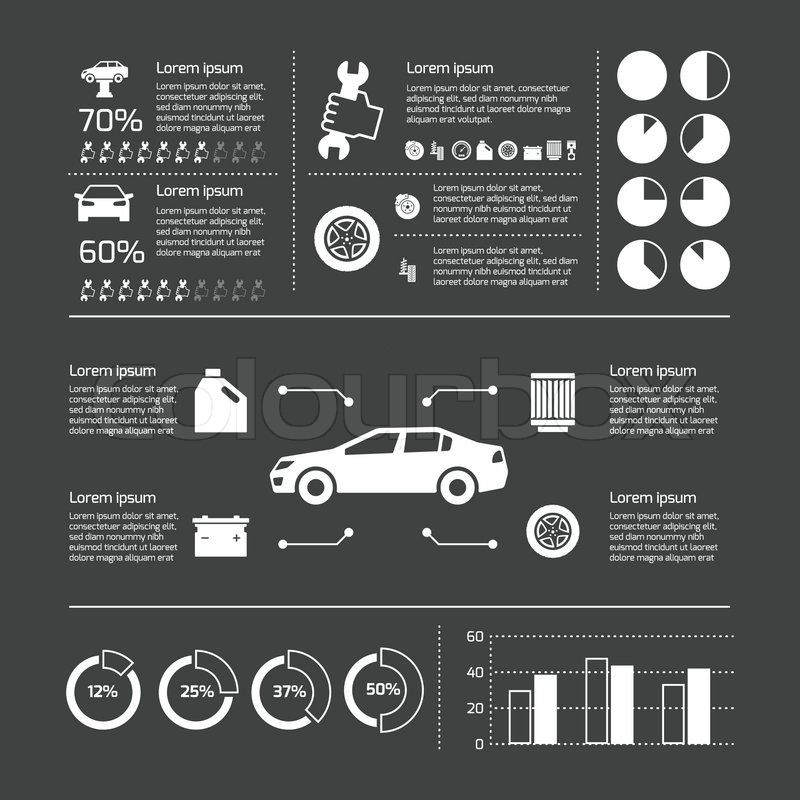Realizing The Relevance Of Your Vehicle'S Warning Signals: What They Really Stand For
Realizing The Relevance Of Your Vehicle'S Warning Signals: What They Really Stand For
Blog Article
Uploaded By-Samuelsen Kejser
When you're behind the wheel, those beautiful warning lights on your dashboard can be a bit complicated. Do you understand what they're trying to inform you concerning your cars and truck's health and wellness? Understanding the significance of these lights is important for your safety and the longevity of your car. So, the following time one of those lights turns up, wouldn't you wish to understand its message properly and take the required steps to resolve it?
Common Warning Lights and Interpretations
Determine common warning lights in your automobile and understand their significances to ensure secure driving.
The most regular warning lights include the check engine light, which indicates concerns with the engine or exhausts system. If this light comes on, it's crucial to have your lorry inspected quickly.
The oil stress alerting light shows low oil stress, requiring immediate attention to prevent engine damages.
A blinking battery light might suggest a damaged billing system, potentially leaving you stranded otherwise attended to.
The tire stress surveillance system (TPMS) light alerts you to low tire pressure, impacting automobile stability and fuel effectiveness. Disregarding carwax could lead to unsafe driving problems.
The abdominal light suggests a problem with the anti-lock stopping system, compromising your capability to quit quickly in emergencies.
Finally, the coolant temperature cautioning light warns of engine overheating, which can cause severe damages otherwise resolved quickly.
Comprehending click this link will aid you resolve issues immediately and keep risk-free driving problems.
Significance of Prompt Interest
Understanding the common caution lights in your car is only the very first step; the value of without delay addressing these warnings can not be stressed sufficient to ensure your safety and security on the road.
When a warning light brightens on your control panel, it's your cars and truck's way of connecting a potential concern that requires focus. Ignoring these cautions can cause more serious troubles down the road, compromising your safety and security and possibly costing you extra out of commission.
Motivate interest to advising lights can stop breakdowns and crashes. As an example, a flashing check engine light can suggest a misfire that, if left ignored, might cause damages to the catalytic converter. Addressing this quickly can conserve you from an expensive repair work.
Similarly, a brake system advising light might signify low brake fluid or used brake pads, critical components for your security when driving.
Do It Yourself Troubleshooting Tips
If you observe a caution light on your dashboard, there are a few DIY fixing pointers you can try before looking for professional assistance.
The very first step is to consult your automobile's manual to understand what the specific caution light suggests. Sometimes the problem can be as easy as a loose gas cap causing the check engine light. Tightening the gas cap may deal with the problem.
An additional usual issue is a reduced battery, which can activate different alerting lights. Checking the battery connections for corrosion and guaranteeing they're protected could repair the trouble.
If a warning light lingers, you can attempt resetting it by detaching the car's battery for a few minutes and afterwards reconnecting it. In addition, checking your automobile's fluid levels, such as oil, coolant, and brake fluid, can assist repair alerting lights associated with these systems.
Conclusion
To conclude, recognizing your vehicle's caution lights is vital for maintaining your automobile running smoothly and securely. By quickly resolving these notifies and understanding what they suggest, you can prevent expensive repair work and possible break downs.
Keep in mind to consult your car's handbook for particular details on each alerting light and act accordingly to guarantee a hassle-free driving experience.
Keep informed, remain safe when traveling!
